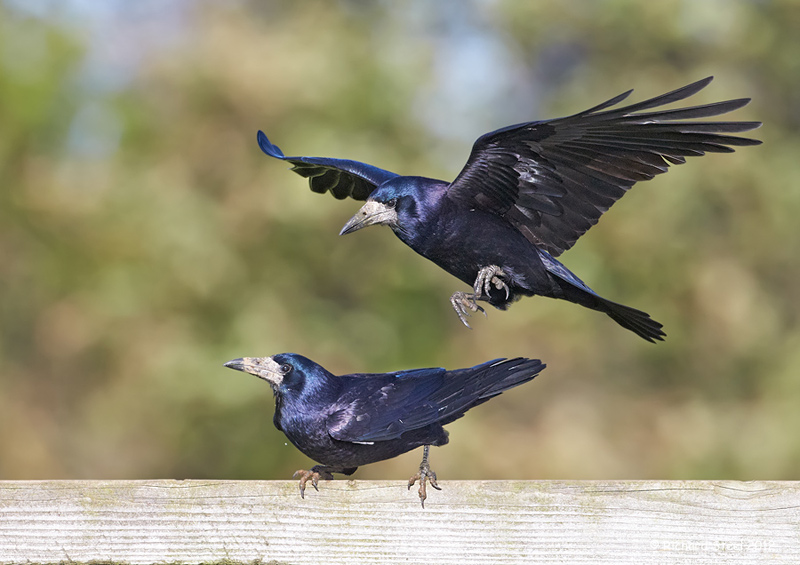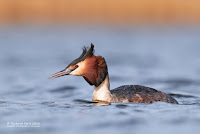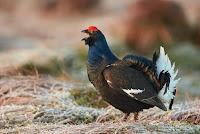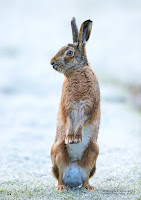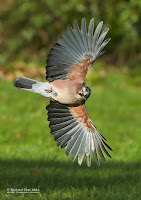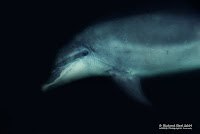Back at the beginning of last month, I felt the need to go and photograph some Red Deer as it has been a while since I have done them in the autumn. The majority of previous deer photography efforts have been done in the large expanses of the London Parks with Bushy Park being a particular favourite. However, herds of deer can be found closer to home so instead of taking the long drive south, I headed just over an hour eastward to visit Lyme Park for the first time.
Lyme Park has large herds of both fallow and red deer but it was the latter that I felt this sudden seasonal need to photograph. So I headed over there for an afternoon and early evening session to see gauge the lie of the land and photography prospects. Lyme Park is a big place and covers around 1500 acres but has the advantage in that it has quite a few hills within its landscape, being on the edge of the Peak District, which I hoped would provide some attractive settings.
On arrival I discovered that a large area of around probably 100 - 150 acres is set aside as a 'deer sanctuary'. This part of the park is not fenced off but has notices around the perimeter asking visitors not to enter. On the day of my visit, although it might often be like that, I would say around 99% of the deer were within the 'sanctuary' and as far away from any areas of public access as possible. So on a pleasant sunny autumn afternoon I sat in the long grass on the sanctuary perimeter and waited and waited, and waited some more, in the hope that some deer may venture closer. Every so often the peace was shattered by the primeval bellowing of a stag in this pre-rut period. A sound once heard and never forgotten. After a very long time some deer started to drift close and I managed to get a few photographs as the deer backs and heads just appeared above the very long golden grasses. Sometimes it felt like I was suffering from double vision as the females were often appearing in pairs.
It was a short-lived experience though as a passing walker with roaming dogs saw the nervous deer scatter back deep into their 'sanctuary'. So I sat and waited once again.
High above and behind me I could hear the occasional roar of a distant stag. It sounded like it was coming from the top of the steep and long hill that rose up behind me.
Certainly from where I was sitting there was no sign of any deer but they had to be up there somewhere and more importantly outside of the restrictions of the 'sanctuary'. I decided it was worth investigating as the action in front of me was non-existent.
Climbing a boggy path, up a steep long climb with full wildlife photo kit and too many clothes on during a warm sunny autumn afternoon is not the most comfortable of pastimes. As I climbed I could see a dry stone wall cutting across the summit in front of me. I hoped the occasional stag roar was coming from my side of this high wall and not beyond, otherwise my efforts were likely to prove fruitless. As I got higher I stopped to watch and just saw what looked like in the distance a couple of female deer moving across the front of the wall. Seeing how nervous these deer were I decided to take a very slow and cautious approach and used a perpendicular wall as cover until I reached the summit wall, which I then very slowly and quietly eased myself along towards the deer. This was a small group of females, the harem of a large solitary stag. The stags at this time of year really are magnificent animals. My efforts were rewarded with some photographs of the group.
The light was now fading very fast and I decided it was probably time to set off on a fairly long walk back to the car. As I started on the long drive that exits the park a couple of stags could be seen. They were obviously wandering far and wide within the park now the light was fading. So I pulled over for a few minutes to photograph the distinctive silhouette of a stag moving along a ridge with the darkening skies behind.
I came away feeling the session had not gone particularly well but then reminded myself this was the first visit. When going through the photographs last weekend, I was actually pleasantly surprised that it seemed to have gone better than I recalled. It certainly will not be my last visit and I actually enjoy the fact you have to work fairly hard to get the photographs of the deer unlike the ease with which they can be taken in the Royal London Parks.


































